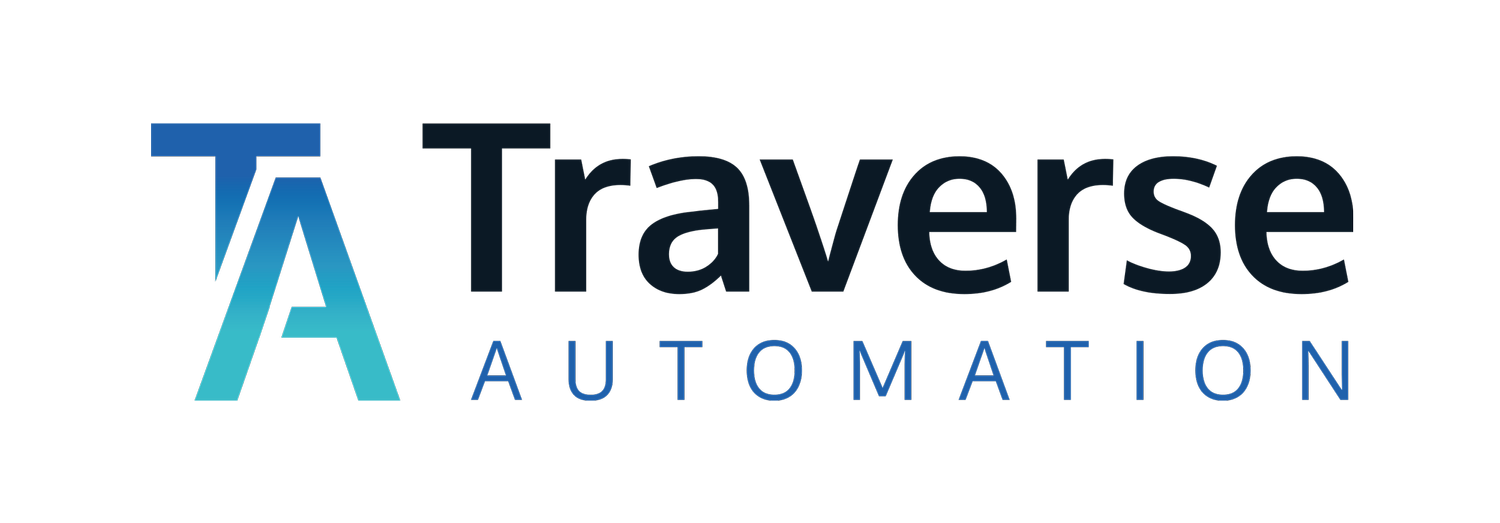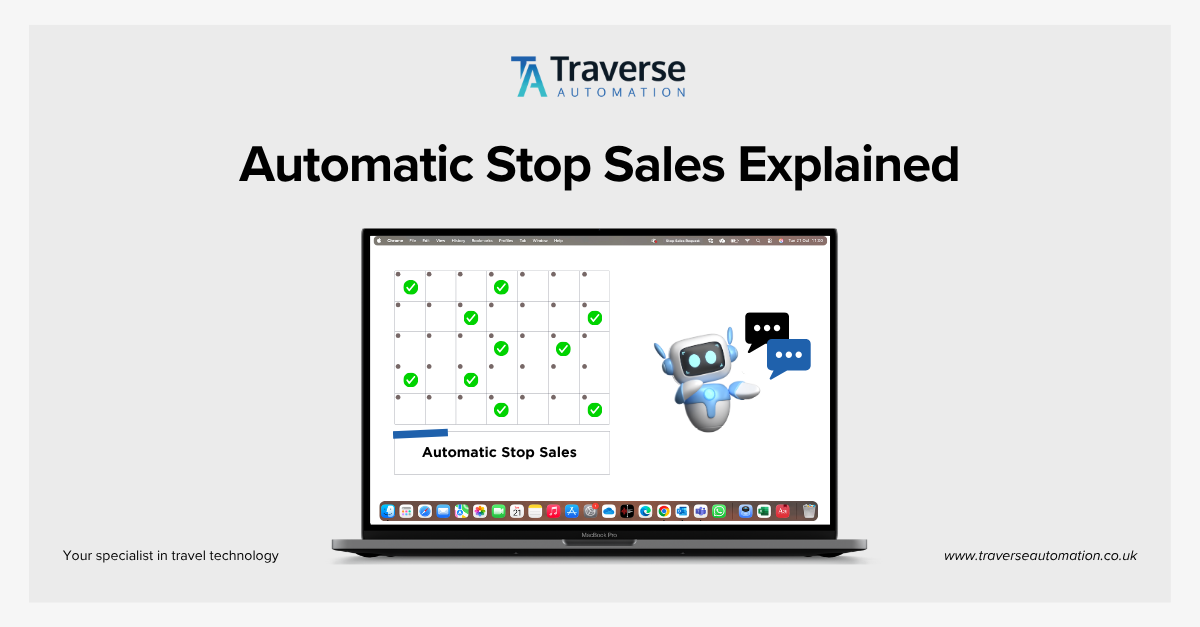Stop sales explained: how AI keeps inventory in sync and stops over bookings
When a supplier runs out, a stop sale should be simple. Close availability everywhere and reopen only when stock returns. “Everywhere” means your CRS, your website and each partner channel. If any one of those is slow to update, you end up selling something you no longer have. That is when refunds, apologies and late nights begin. A problem many travel businesses now look to solve with AI stop sale solutions and automated stop sale systems.
A familiar pattern follows. A stop sale email lands at 22:37 on Friday. Someone closes the CRS. The website still shows cached availability. A partner channel keeps selling. By Monday you are reconciling mismatches, calming customers and asking the same question: who closed what, where and when?
This explains why stop sales go wrong, how AI-driven stop sale automation can fix the foundations, and how Agentic AI goes a step further, making the process fast, consistent and fully auditable, while helping with AI overbooking prevention and travel inventory sync.
Why Stop Sales Fail
Stop sale notices rarely arrive in a single, structured format. They come in at any time of day as PDFs, CSVs, portal notifications or plain emails, often requiring manual interpretation before any action is taken.
Once a notice is received, each system, CRS, website, channel manager or B2B partner has its own update process, rules and response time. One platform is updated immediately, another lags, and during that window a channel may continue selling inventory that is no longer available. This is exactly where stop sale automation software becomes critical in travel environments.
When overbookings occur, there is often no clear trail of actions taken. Teams are left piecing together events from emails, screenshots and assumptions. Suppliers dispute timings. Customers remember the failure. Operations carry the impact. The issue is rarely the stop sale itself, it’s the fragmented, manual execution that causes breakdowns.
How AI Fixes the Foundations
A practical approach is to run a simple, policy aware workflow continuously, something an AI-powered automated stop sale system can achieve with reliability.
Read the signal. An AI watcher monitors shared mailboxes and supplier portals, recognises stop sales, allotment changes and blackout dates, and extracts the essentials. Property, dates, room or category and any conditions.
Update everywhere, consistently. The same closure is pushed to the CRS, the website and partner channels. Where APIs exist, they are used. Where they do not, robotic steps complete the work. The system waits for confirmations before marking the job complete, a key element in AI stop sale automation.
Build safeguards. Sales pause automatically when inventory drops below thresholds and reopen when levels recover. If anything looks unusual, such as a peak date reopening unexpectedly, contracting is notified before it becomes an incident.
Prove what happened. Suppliers receive structured acknowledgements showing what closed, where and when. Every action is written to a searchable audit log, so disputes can be resolved in minutes rather than weeks.
See the whole field. A control tower view shows closures, remaining allotment and exceptions by market and date so teams can act on risks before customers feel the impact.
The result is a move from ad hoc and manual to repeatable, fast and auditable. A core benefit of adopting a travel industry stop sale solution powered by AI.
How Agentic AI Takes It Further
Agentic AI is not just a smarter rule engine. It behaves like a goal seeking assistant that acts within your policies and enhances AI-driven overbooking prevention.
Goals, not clicks. You define outcomes such as “keep channels accurate within X minutes” or “prevent overbookings on high-value dates.” The agent chooses the steps required, fetching notices, parsing, updating systems and validating confirmations.
Policy safe by design. Budgets, blackout rules, escalation paths and controls on peak dates set the boundaries. The agent always stays within them.
Proactive choices. Instead of blanket closures, it can propose a partial closure strategy (for example, closing specific room types first) and suggest reopening times based on demand trends and historic sell-through.
Graceful escalation. If supplier messages conflict or a partner fails to confirm, the agent packages full context. What it saw, what it did, what failed and hands off to a human. No detective work required.
The practical outcome is fewer late-night crises, less weekend disruption and reliable, hands-off processing of routine work, exactly what travel businesses expect from a leading AI stop sale solution.
Conclusion
When AI handles stop sales properly, you move from crisis management to predictable flow. Overbookings fall because every channel stays in sync through AI-powered inventory synchronisation. A single notice becomes a full update in minutes, even outside office hours. Manual effort drops, weekends are quieter, and teams gain time to work on improvements rather than struggling.
Trust improves across the board. Suppliers receive clear acknowledgements backed by a complete audit trail, reducing the length and complexity of disputes. Customers reach a service team that can act rather than apologise. Leaders gain earlier visibility of pressure points, allowing them to address risks before they escalate.
Most importantly, stop sales become a calm, scalable process with clarity, control and accountability. The question shifts from “who closed what, where and when?” to “it is already done and here is the proof”


